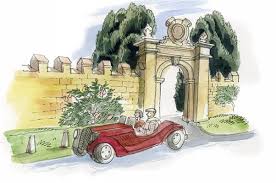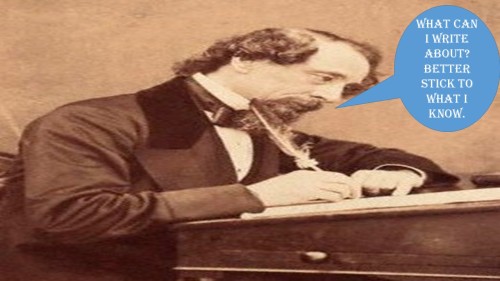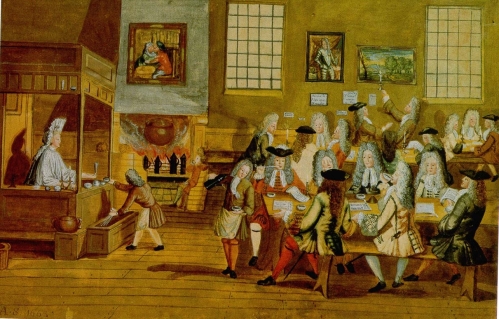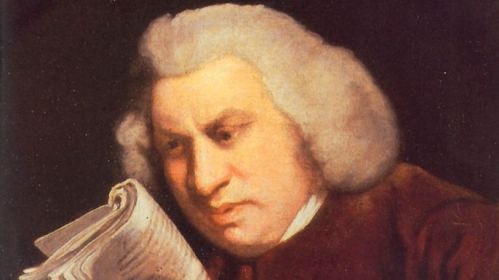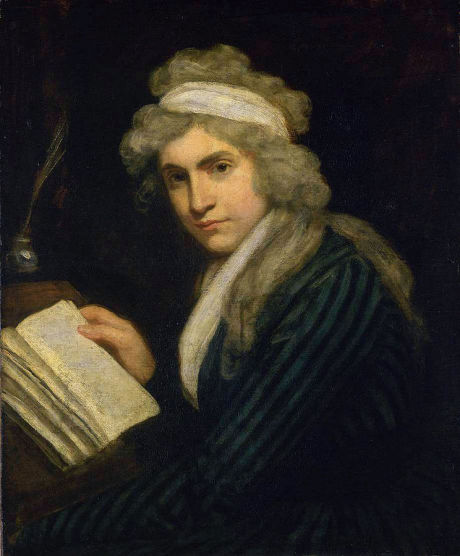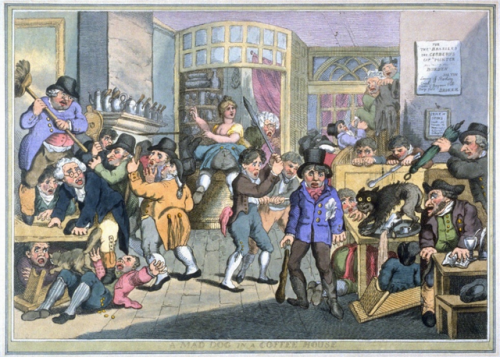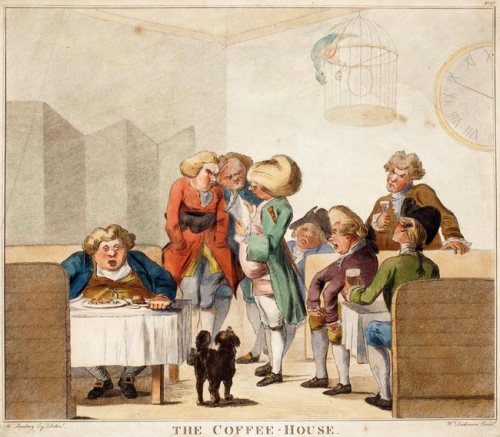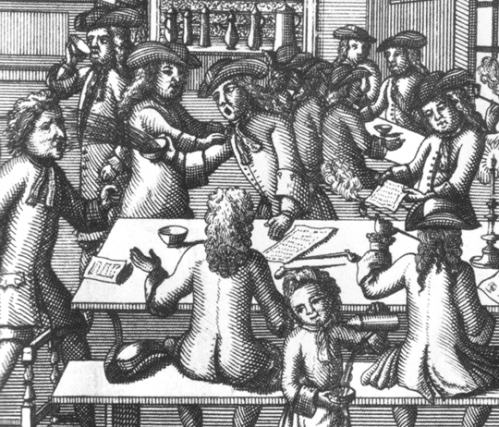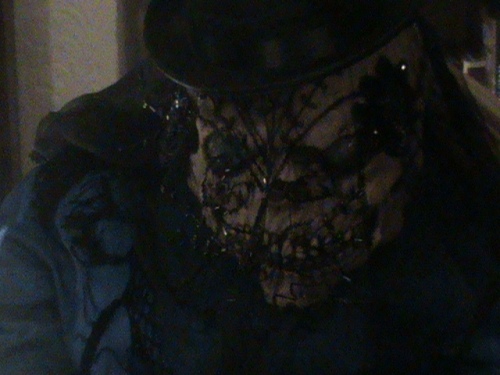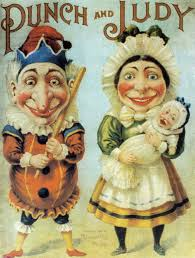Fancy a jaunt to an 18th century coffee shop with me to do the writing workshop?

Sometimes folks really want to write but they feel blocked because the ideas are stuck – writing workshops are ideal for getting rid of creative constipation. Today, I want to get really deep into the recesses of your mind and find what wonderful things are lurking there. You never know, you may find yourself writing in a genre you have never thought of before. At the very least, I hope that you will get some new ideas for a story.
Step 1
Take some deep breaths and close your eyes. Now imagine yourself walking down a street with buildings on either side. Look smart and get under my brolly – folks like to empty their chamber pots out of the window around this time. Yes, I’m sorry the ground is covered in excrement – it will wash off and the pong that you are experiencing will get you ready for the whiff that envelopes you when you get inside.

You come to a large building with a gargoyle door knocker on it. As you lift your hand to knock, the door swings open. I want you to imagine yourself taking your shoes off and leaving them outside the door. Your shoes symbolise all the mental footsteps that you have taken in the past. By leaving your shoes on the threshold, you are leaving any writing blocks that you may have behind. I want you to conjure up a picture of yourself waving away any negative thoughts that you may have about yourself as a writer.
We should pay a penny at the door but they can’t see us and we’d only freak them out if we threw our modern money at them. Just for this visit, we’ll go in for free.
Step 2
You have now entered The Coffee House for our writing workshop but as you will have gathered, it’s not the 21st century – it’s the late 17th century and we are in a very fortunate position because no-one is aware of our presence. Let’s find out what is occurring and see how we can use it.
Curiosities were all the rage
While I offer you a little explanation about some of the things that you are going to experience, try not to breathe in the deep fug of smoke that pervades the air. Don’t worry if you have a coughing fit, they can’t hear us. The mixture of tobacco fumes and the smoke from the open fires can be overwhelming. However, if we look on the positive side it does take away the stench of the unwashed bodies. It was considered unmanly to keep yourself scrubbed in those days so put this peg on your nose and breathe through your mouth.
In the late 17th century and 18th century, it was all the rage amongst upper class gentlemen to display curiosities. Many of them had their intriguing finds on show in their huge homes so that they would have a talking point about their travels to visitors. This did not go unnoticed by the entrepreneurial coffee houses. They realised that is was a great way of attracting business.

For instance, James Salter opened a coffee house in 1695 in Chelsea which came to be known as Don Saltero’s. One of his customers was Sir Hans Sloane, the physician whose donation of 50,000 volumes and 3,560 manuscripts formed the nucleus of the British Museum. Sloane travelled vastly and because of this he gained a large collection of curiosities which he donated to Salter to display in his coffee house. Other patrons followed this trend and it attracted people from all over London. So let’s investigate how these curiosities can springboard our creativity. Be warned – you have to be playful here.
Exhibit one

You come to Oliver Cromwell’s sword. I want you to mentally pick it up and swipe it through the air. Don’t worry, our actions in the coffee shop can’t harm anyone. Now thrust with it. How does it feel? Has it made you feel empowered or do you quickly drop it because the veil of death has covered you? Make a note of your feelings.
Now we need a springboard to launch us into a writing piece. Don’t worry if you haven’t got one because you can use mine if you wish. Also, it doesn’t have to be Oliver Cromwell’s sword, it can be another historical person of your choice.
Springboard one
A children’s story – After a visit to the museum to see the sword, the ghost of Oliver Cromwell turns up in the main child character’s bedroom. He wants his sword back and won’t go away until the main character gets it for him out of the museum. We could see some real action for 8 – 12 year olds there.
A historical one – if you combined some research with creative licence here you could write a short story about someone that died by Oliver Cromwell’s sword.
A comic piece – you could run a spoof here with Old Ironside’s sword being like King Arthur’s ‘Sword in the Stone’. Let’s face it, the old warty faced puritan could definitely take some comedic stick.
Exhibit two

If you weren’t inspired there, we can move on. Here we come to ‘Pontius Pilate’s Wife’s Chambermaid’s Sister’s Hat.’ Close your mouth, you will breath in too much smoke. Yes, you’ve guessed it, a lot of the curiosities on display in the 18th century coffee house were fakes. However, the fact that someone from that period took the time to make something like that up means that it is indeed inspired. For a start, I don’t believe that female servants or slaves in the Roman period had hats, if they had head gear at all it would have been a piece of cloth. In fact, hats such as this one on display had not even been invented. Therefore, I think that we have to use a fake 18th century hat as our springboard.
Springboard two
A comedy piece – an 18th century pseudo nobleman is trying to relieve a fop of his fortune by trying to convince him that the hat belonged to Pontius Pilate and has magical powers. We’ll drop the chambermaid’s sister bit, it sounds less impressive to our fop and it adds to the comedy that Pilate would wear such a hat.
Exhibit three

As we move onto the next item, we come to realise that this also has got a bit of a dodgy provenance. It’s a piece of wood that is supposed to be from the true cross that crucified Jesus. They seem to like their biblical pieces. I can see the attraction and it was also harder to prove in those days that the piece was fake.
Try to ignore all the noise. Coffee houses in those days just got louder and louder as all the men tried to out shout each other. Think of politicians and you get the picture.
Springboard three
A crime story – If we pretend that this is the real thing then we could have a crime story – some people would probably kill to get their hands on an item like that.
Exhibit four

I don’t know if this is my 21st century mind but I would also question the next item unless I saw its provenance. It’s Mary, Queen of Scot’s pincushion. We think that the world is full of cons now but it was rife back in the 18th century too.
Springboard four
A historical thriller with romance thrown in – Mary, Queen of Scots is truly a larger than life character. You could write a murder, thriller or love story around her supposed pincushion. If you fancy this as a springboard, you can let Mary cut the pincushion open, hide something very important and small in it and then get her trusted lady of the chamber sew it back up. It would be a good idea to set the story through her lady of the chamber’s eyes. If she has to deliver the pin cushion to one of Mary’s trusted allies, you would have a historical thriller but could weave romance into it as a sub plot. Obviously, if it was a short story you would have to choose one or the other.
Exhibit five

We now come to our last piece and although it was a difficult choice, the prize truly has to go to the key which was once used by Adam to lock and unlock the Garden of Eden. Yes, these people had true chutzpah. However, I have to say that for creative writing purposes it does actually have mileage.
Springboard 5
A fantasy piece – There is great room here to write a fantasy piece that is a metaphor for the modern day. How about, instead of there only being Adam and Eve on earth, only Adam and Eve can get into the Garden of Eden and there are lots of people in a barren land outside that want to get into the fruitful garden. Will Adam and Eve let others in or will they keep the biblical arcadia for themselves? If you fancy this, go for it.
Step three
It’s time to leave. Swoop up your ideas, whatever you do, don’t leave them in the coffee shop. Let’s take a final look around – they are all too busy competing to be the best and nosiest to notice that they have had ghosts of the future looking at their curiosities.

Out through the front door, find your shoes, put them on but leave your past negative thoughts about your writing in the filth strewn street. Now go and take your thoughts and don’t judge them simply write down everything that comes into your head.
Congratulations – you have made a start on a new piece. Happy writing.


